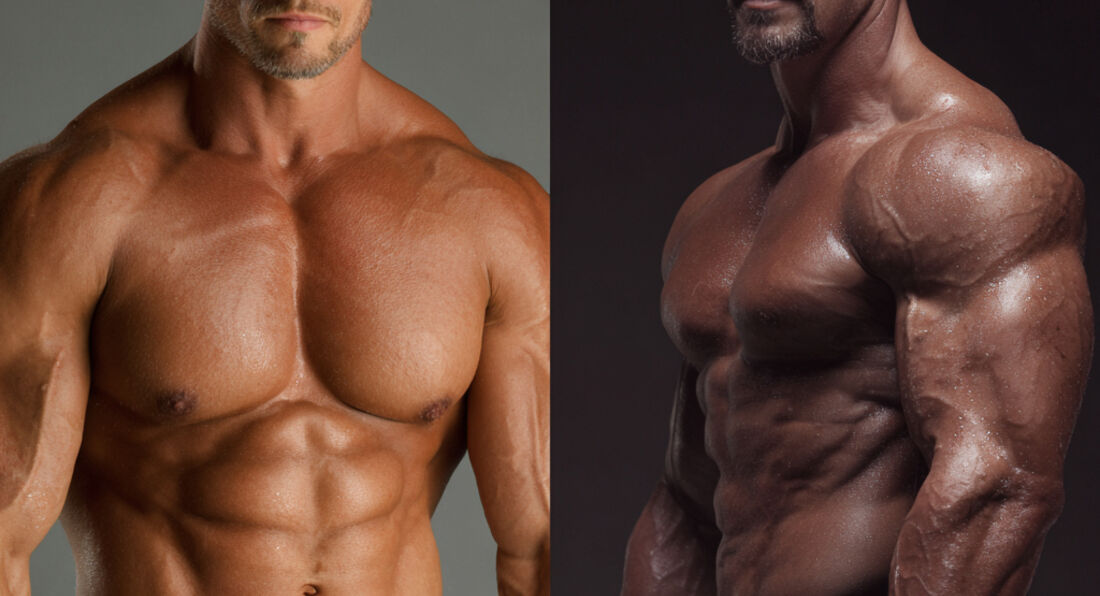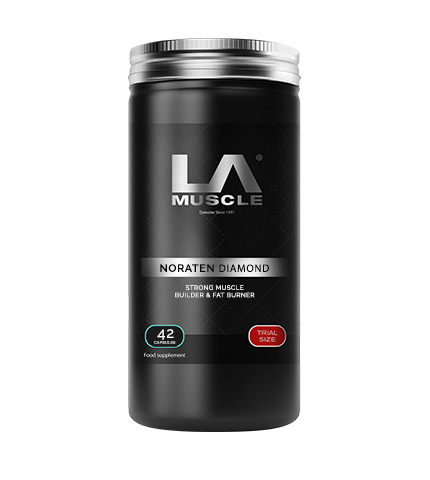The Knowledge > Better Health >
Tuesday, 18th November 2025
Men, Gyms and Heart Attacks After 50
What You Need to Know Before Going All-In
By LA Muscle on 18.11.2025 07:34 am

You often see this pattern: a man reaches his late 40s, 50s or 60s, decides it’s time to get back in shape, joins a gym, and within days goes from years of inactivity to extreme, high-intensity training.
Most of the time this ends with muscle soreness and an abandoned membership.
Sometimes, it ends with a serious cardiac event.
This article explains the real but often misunderstood risk of heart attacks and sudden cardiac arrest in men—particularly over 50—who suddenly push themselves too hard at the gym, along with practical steps to stay safe while getting fit.
1. How common are exercise-related heart attacks?
Firstly, exercise is one of the best ways to protect your heart in the long term. People who exercise regularly tend to live longer, healthier lives with far fewer cardiac problems.
However, intense exercise can trigger a heart attack or sudden cardiac arrest in people with underlying heart disease, especially when they are unfit and suddenly perform vigorous, unaccustomed workouts.
Key points:
-
Sudden cardiac death during exercise is rare overall, estimated at less than a few cases per 100,000 people per year.
-
Men are significantly more likely than women to suffer exercise-related cardiac events.
-
Most events occur during vigorous activity, especially when it is sudden and the person is not conditioned for it.
One of the biggest risk groups are “weekend warriors” or men who suddenly decide to push themselves very hard after long periods of inactivity. Research consistently shows that people who rarely exercise but suddenly do intense workouts have a dramatically higher short-term risk of cardiac events compared with those who train regularly.
Regular exercise reduces long-term risk. Sudden, overly intense exercise increases short-term risk.
2. What about men over 50?
As men age, more of them have silent coronary artery disease. This means fatty plaques build up in the arteries that supply the heart, but there are no symptoms until something triggers a rupture.
In younger athletes, sudden cardiac death is usually caused by rare congenital heart problems. In middle-aged and older adults, the main cause is coronary artery disease, often undiagnosed.
Key trends in men over 50:
-
Exercise-related cardiac arrest remains uncommon, but the likelihood increases with age.
-
Vigorous exercise places more strain on an older heart, especially if arteries are narrowed.
-
Most gym-related cardiac events in older men happen during heavy lifting, high-intensity intervals, or sudden maximal effort.
For a man who has been largely sedentary and suddenly does intense workouts, the combination of age, stress hormones, high heart rate, and underlying arterial narrowing can be dangerous.
3. What happens to the heart when you overdo it?
When someone who is unfit or older suddenly performs intense exercise:
-
Heart rate and blood pressure spike rapidly.
-
The heart’s demand for oxygen surges.
-
If coronary arteries are narrowed, the supply cannot meet the demand.
-
Stress hormones like adrenaline rise sharply.
This can lead to:
-
A rupture of a fatty plaque in a coronary artery, causing a clot and blocking blood flow. This results in a heart attack.
-
Dangerous changes in heart rhythm, such as ventricular fibrillation, leading to sudden cardiac arrest.
In men over 50, the most common cause of exercise-related cardiac events is this sudden mismatch between oxygen supply and demand in the heart.
4. How to avoid becoming part of the statistics
Step 1: Get checked before starting vigorous exercise
You should speak to a GP or cardiologist before doing intense workouts if you:
-
Are a man over 40–50, especially if you haven’t exercised regularly.
-
Experience chest tightness, pressure, or discomfort during activity or stress.
-
Become unusually breathless on stairs or mild hills.
-
Feel dizzy or faint during exertion.
-
Notice irregular, pounding, or racing heartbeats.
-
Have known heart disease or major risk factors such as diabetes, high blood pressure, high cholesterol, or smoking.
-
Have a strong family history of heart disease.
A simple check-up can include blood pressure, blood tests, ECG, and, if needed, a stress test or heart scan. These assessments dramatically reduce the risk of serious events.
Step 2: Start gradually, not aggressively
A safe progression for most men returning to exercise after years of inactivity:
-
Start with brisk walking, light cycling, or gentle treadmill work for 20–30 minutes.
-
Train at a level where you can still speak in short sentences.
-
Add strength training using light weights and perfect form before increasing load.
-
Increase intensity by no more than 10 percent per week.
-
Avoid maximal lifts, heavy strain, and breath-holding (which spikes blood pressure) early on.
Your body needs time to adapt. Fitness is built steadily, not forced in a week.
Step 3: Know the red flags during exercise
Stop immediately and seek medical help if you have:
-
Chest pressure, heaviness, tightness, or burning.
-
Pain radiating to the jaw, neck, left arm or back.
-
Sudden breathlessness out of proportion to effort.
-
Dizziness, faintness, or “about to pass out” sensations.
-
Palpitations that feel violent, irregular, or sudden.
-
Unusual fatigue that does not feel like normal exertion.
Do not “push through” symptoms. Many men do this and regret it.
Step 4: What to do if things go wrong
If you or someone else collapses at the gym:
-
Call emergency services immediately.
-
Begin CPR if the person is unresponsive and not breathing normally.
-
Use an available defibrillator (AED) as quickly as possible.
-
Continue CPR until help arrives.
Rapid CPR and early defibrillation can be lifesaving.
Exercise is one of the most powerful tools for heart health, longevity, strength, and wellbeing. The vast majority of men benefit enormously from regular training.
But jumping into intense workouts too quickly—especially after 50 or years of inactivity—can temporarily increase the risk of heart attack or sudden cardiac arrest.
The solution is simple:
-
Get checked.
-
Start gradually.
-
Listen to your body.
-
Increase intensity over time, not overnight.
Fitness is a marathon, not a sprint—and the goal is not just to look better, but to live longer and healthier.





























